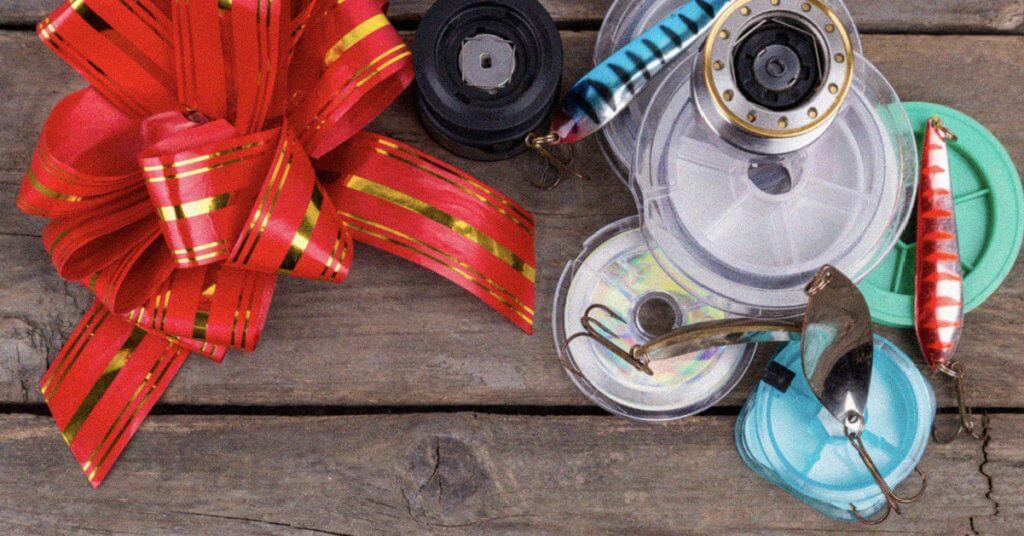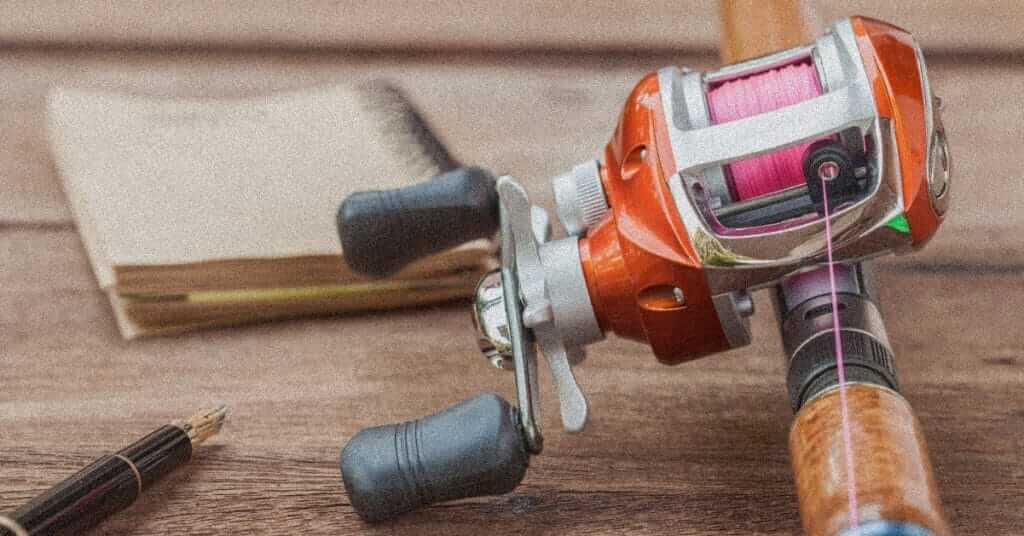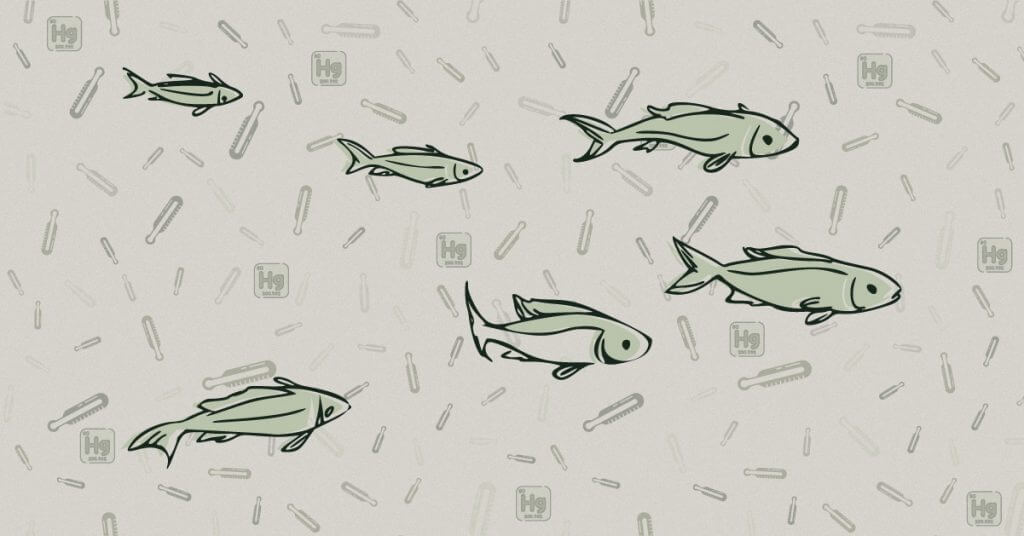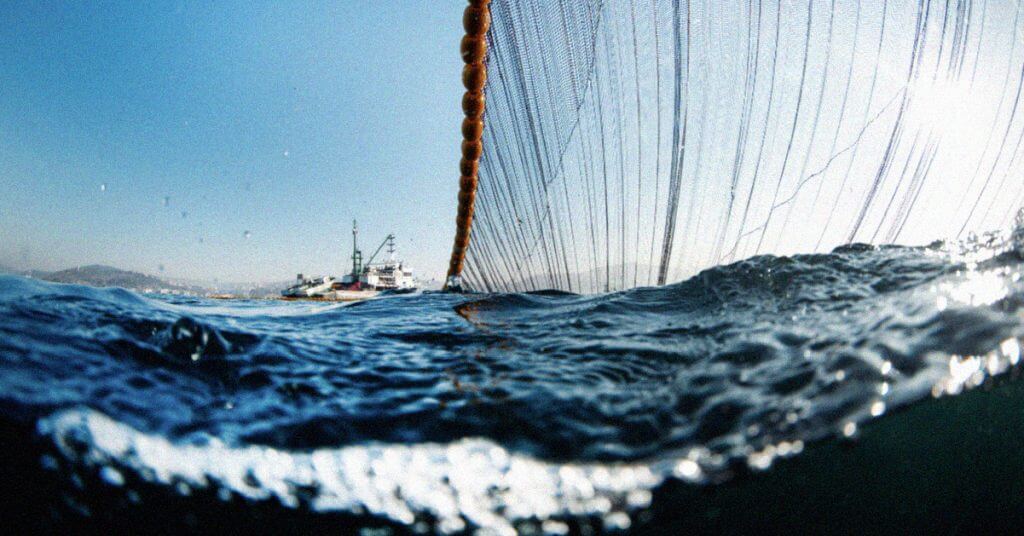If you told me ten years ago I’d be writing about drone fishing, I would’ve laughed at you. But here we are, fishing with a drone is happening, and a lot of recreational anglers have some sour feelings about it.
That said, if you’re looking for a competitive advantage on the water, drones might provide that for you. As someone who stays on the cutting edge of new fish technology, I even don’t know how to feel about this technique.
Let’s break it down and see if drone fishing is an effective but sustainable way to scope out the water.
What is Drone Fishing?
Drone fishing is exactly what you think it is. You’re using a remote-controlled aerial device with a camera to both scout and fish the water around you.
You’ll start by using it to scope out the area. If you’re using a fish finder in conjunction with a drone, you’re going to have even more of an advantage.
Once you find a spot where you believe there are fish, this is where the “fish drone” aspect of the device comes into play. With fishing drones, you can even drop the lure in that area.
A popular phrase you’ll find with this style of fishing is “dropping a line.” All that means is that you can cast much further away if your drone surf fishing and beach fishing.
From an angler’s perspective, this style of fishing is kind of, “meh” for lack of a better word. But, I do see the tremendous potential on the scouting aspect of fishing.
I would use this as a way to locate honey holes and other ideal locations where I may want to fish if I can access it.
Another strategy I would deploy would be using an underwater camera and dropping that down from the drone to get an idea of what’s going on under the surface.
Some fishing drones have cameras that you can submerge, but they’re extremely pricey and more difficult to navigate for the beginner.
How Does Fishing With a Drone Work?
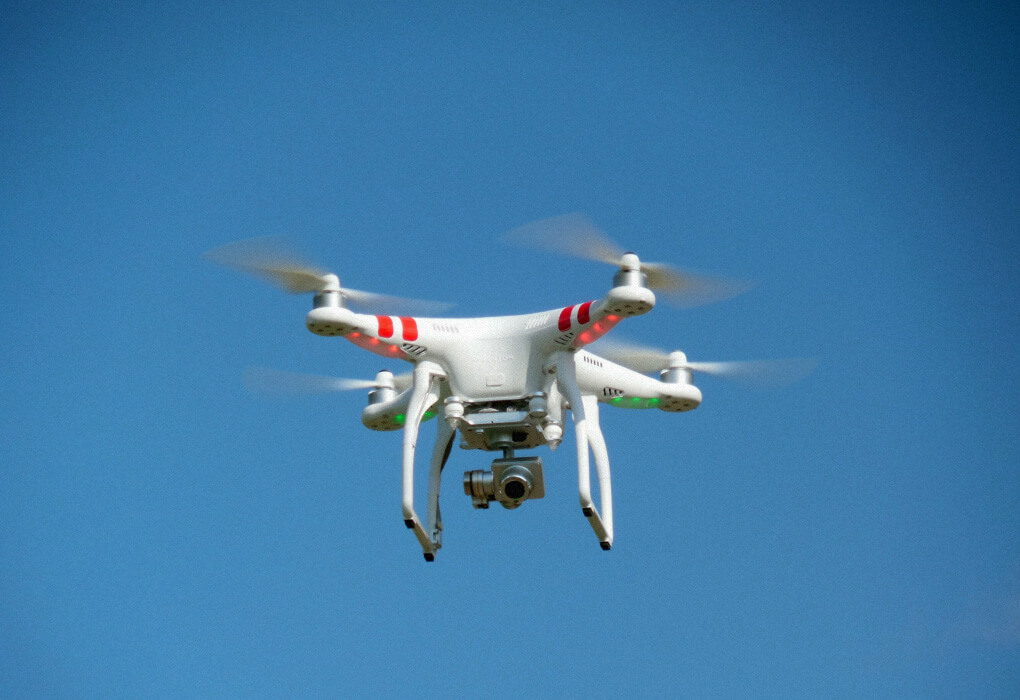
One area where I see the tremendous potential is with sailing and other offshore saltwater boating. If you’re out on a boat and you can get to any specific location you want, you’re opening a lot of doors with your drone fishing rig.
Now you can scope the area, find a location that works, sail there, and actually cast using a fishing rod and reel.
Drones can also be useful for picking up on potential obstructions in the water or issues you might encounter if you sail in that direction.
Many of these have a long-distance they can travel from your location, so they’re great for scoping out the water in general.
I think you’re asking yourself, why even bother with a drone when it essentially does the same thing as a fish finder.
There are a few advantages to drones, though. First, you get a high-quality camera so you can get a beautiful snapshot of the location you want to fish.
To get a fish finder with a 3D underwater camera would have a high price tag.
Second, is the distance you can travel from your boat. Even with the most expensive fish finder on the market, you’ll still need to troll the water a lot to find the ideal location.
With a drone, you can stay put until you figure out your destination.
Lastly, they even have underwater drones that are fully submersible and contain high-quality cameras, sonar, and lines so you can get the most precise idea of where to drop your fishing line.
I get it though, this is starting to sound like a pretty expensive hobby, but it’s a cool way to add some excitement and flair to your fishing trips.
Also, keep in mind that if you’re targeting a very particular species of fish (which many people do), this will help you leapfrog over everyone else out there chasing it blindly.
Drone Fishing Rig: How to Rig a Drone for Fishing
When you’re setting up your drone for fishing, you’ll first want to decide what you’re looking to accomplish with it. Some people just use it for surveillance, while others use it for casting.
Determine what your goal is. Keep in mind that you can also use your drone for casting assistance if you’re trying to reach a very specific location based on your scoping of the area.
You can rig your line to the drone, and it’ll drop the lure exactly where you want to be. This is also great for stealth fishing with worms when your boat might spook the fish.
Types of Release Devices
If you’re fishing with a drone, you’ll need a bait release device for your line. There are manufactured ways to do this, and you can also rig it yourself with an improvised method.
Let’s break down the four methods for dropping a line away from your boat.
Third-Party Mechanism
This is a third-party product that you’ll purchase separately from the drone, and it will enable you to carry your line out into the water and drop it where you want.
When you’re ready to drop your line, you’ll close the bail on the reel, and the tension will pull the line free from the third-party device.
Improvised Tension Release Mechanism
This method is a bit more complicated but preferred by many because it doesn’t require you to purchase additional parts and accessories.
You’ll use a downrigger payload release clip on your line and fly the drone until the line is tight.
Once you’ve done that, you’ll need to clip the line with the release clip and open the bail on your fishing reel.
As you continue to fly out to the ideal location, you’ll leave the bail open, so the line continues to go with the drone.
When you’re a few feet from the spot you want to be, close the bail.
Continue flying in that direction, and once the line reaches its max, the downrigger clip will release the line, and the lure will drop into the water.
Now it’s just you and your rod and reel, and you can fly the drone back if you want.
Third-Party Remote Release
You can also purchase a release device that will usually attach to the drone’s landing gear. When you activate a certain feature, such as turning off the lights, the drone will drop the line.
Improvised Release
If none of these other options appeal to you, you can improvise your own method by attaching a hook or something similar to the drone’s landing gear and spin the drone around until it releases the line.
There are a variety of different ways you can do this, and it’s low-cost, so feel free to play around with it.
The important takeaway for you to understand is that you’re not actually “fishing with the drone,” the drone is simply the method of getting your line to where you want it to go.
Once you drop it, your rod and reel are still doing the work.
Features to Look for When Fishing With Drones
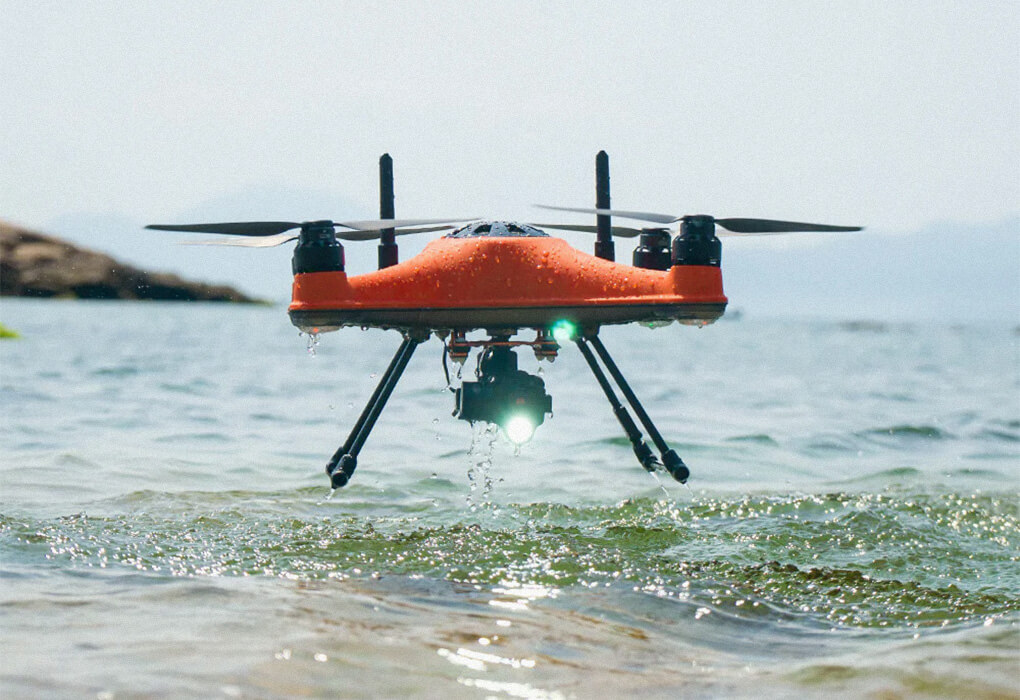
If you’re sitting over there with butterflies in your stomach over the thought of drone fishing, then here are some features you’ll need to find in the best fishing drone.
Camera – You’ll obviously need a drone with a great camera. This feature will be the difference between scouting ideal fishing locations and wasting all your time and money on something that doesn’t work.
Don’t skimp here because it’s not worth it if the drone doesn’t make fishing any easier for you.
Battery Life – You need a drone with a solid battery and a clear indication of when the battery is low. When you’re out fishing all day, you’ll need that battery to run for a few hours in between casts while you’re scouring the area.
Plus, make sure the dashboard is very clear about when your battery is low, so you always have enough time to get back to the boat.
Payload – Loading the drone with heavy lures and a braided line will weigh it down. This might not be an issue until you see a heavy seaside wind gust come through and tip your drone to the point where panic starts to set in.
Also, keep in mind that overloading the drone will drain the battery, so you’ll need one with a solid carrying capacity.
Range – IMPORTANT. Everyone is a drone expert until they get on a boat because you’re on a moving object in the middle of the water.
You can move one hundred feet without even realizing it. So, what you thought was an okay range for your drone is now much further than you expected, and you risk dropping your drone into the water.
You need a drone with a long-range from the RC, and you need to be constantly aware of how far away you are when you take off.
Brand – The brand of drone you choose is especially important if you’re not familiar with them. Some of the best are the DJI Phantom 4 Pro, Mavic 2, SwellPro Splash Drone 3, and Gannet Pro.
Finding The Right Drone
Now that you understand the features you need to have in the best fishing drones, I want to take this time to introduce the SwellPro line of fishing drones.
These drones check all the boxes we’re looking for and they offer two different types of drones to appeal to anglers of varying budgets and needs.
The Swellpro Fisherman FD1 Fishing Drone features a 4.4lb payload and capabilities of carrying over 10 baited hooks on each cast making this the ideal choice for saltwater fishing.
The drone also received an IP67 waterproofing rating which means it’s 100% water-sealed and pressure-tested for exposure to saltwater and corrosion-resistance.
The Swellpro SplashDrone 4 Multifunctional Waterproof Drone is a step up from the FD1 with added features and capabilities.
This fishing drone comes with an IP67 waterproofing rating and an IP66 waterproof remote control. It also has an incredible 3.1 mile range that ensures a reliable image no matter how far away the drone gets.
The drone comes with a powerflip feature that allows you to automatically flip the drone rightside-up in the water if it happens to flip over.
Lastly, you can set GPS coordinates using the remote control to automatically return the drone to it’s starting position with the click of a button.
These units check every single box on our list by offering crystal clear imaging, up to 33 minutes of battery life, optimal payload, and great long-distance range with accurate imaging to boot.
Drone Fishing Rules and Regulations
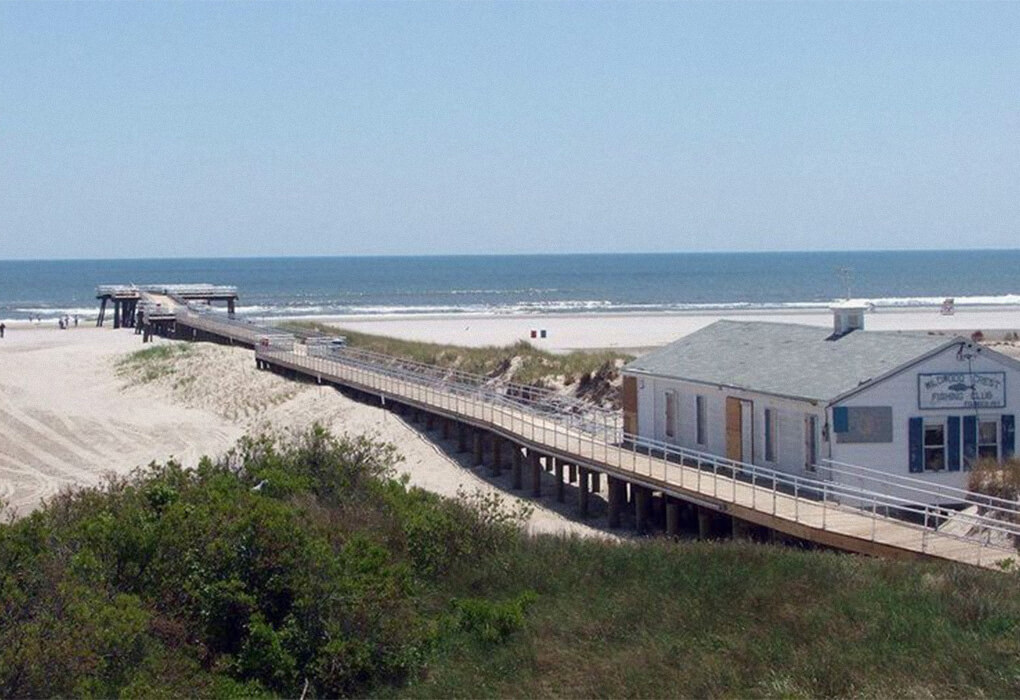
As a fellow angler and someone who respects the sport of fishing, I see drone fishing as a bit of a loophole. Where there’s a loophole, there are people out there looking to exploit it.
Fishing is primitive by nature and, for the most part, hasn’t changed much since the ancient methods of a stick and weaved fabric.
By using a drone, there is potential for abuse and exploitation of the fishing population.
As a result, it’s the responsibility of local departments of natural resources and fishing organizations to regulate how people are catching fish with drones to protect the fish population.
Federal regulations for “recreational” drone use states that it must be:
- Registered and clearly marked with the registration number
- Flown for recreational purposes only (you cannot fish commercially with a drone)
- Flown at or below 400 feet
- Within the operator’s visual line of sight at all times
- Not flown at night without proper lighting
There are more federal regulations, but these are the ones that apply to fishing. For the whole list, click the link I included above.
Keep in mind that your state might have specific laws pertaining to drone fishing.
For example, local authorities in Florida discovered drone fishermen dropping their line on a school of tuna from the shore.
The line was clearly beyond the surf and far beyond reasonable distance of where they would normally be able to cast.
There are some ethical concerns about this. While many fishing organizations and anglers alike were unhappy, the authorities couldn’t find a real reason to restrict drone use.
The only factor that would create legal issues is if the operator is violating any local fishing laws or drone laws.
So, it’s still your responsibility to understand laws regarding catch and release, proper handling of fish, bag limits, as well as all the regulations for drones in that local municipality.
It’s starting to sound like a lot of work, right?
All these laws and regulations are in place to prevent abuse and encourage recreational angling compared to exploitation for monetary gain.
Ethics of Drone Fishing
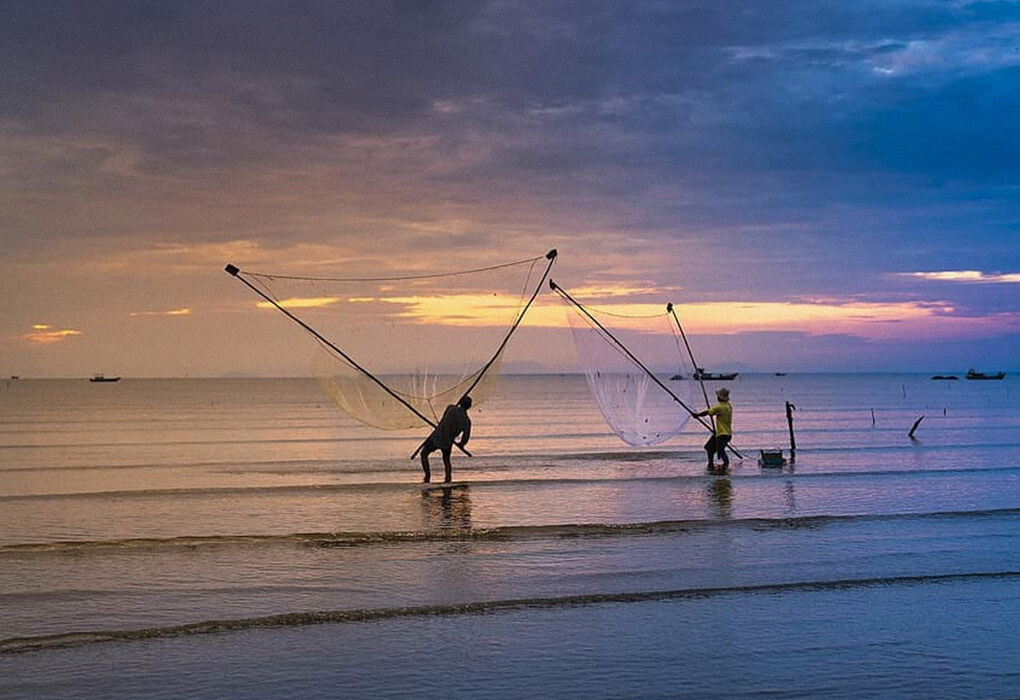
Fishing with a drone clearly provides an advantage to the operator over someone who is simply casting and retrieving. Because it’s so efficient, overexploitation of marine life is a real possibility.
Since you can harvest large numbers of fish in a short amount of time, does this take the sport out of fishing?
I believe that as long as people are still following the catch guidelines that are in place, drone fishing should be okay. As anglers, it’s our responsibility to protect the waters we fish.
It’s the slim chance that you’ll actually catch something that makes fish so desirable. Going out on the water and not knowing what to expect is why people keep casting day after day, month after month, year after year.
The question I ask myself is, “is drone fishing much worse than using a fish finder”? You might disagree, but I don’t think it’s that different.
Obviously, you can sit in one spot and find a school of fish 1000 feet away, which you can’t do with even the best fish finder for saltwater. But, it’s all about the ethics of it.
As drone technology advances and makes harvesting of wildlife that much easier, we need to learn to respect the technology and understand the negative impact we can have with only a few small missteps.
While I write this, I ask with a heavy heart that you keep in mind that we can’t turn back the hands of time. All our mistakes that harm our environment cannot get reversed; they’re immutable and everlasting.
As anglers, we have an ethical responsibility but also a dilemma. The dilemma is our attempt to keep the word “sport” in sportfishing.
The day that we hit the water with no question about whether or not we’ll catch something is the day that the sport dies.
Frequently Asked Questions
What makes a good fishing drone?
The answer to this question depends on you as an individual. If you have experience flying drones, you might not worry about how easy it is to operate and fly.
If you’re an angler first and a drone pilot second, you’ll care much more about user-friendliness.
You also need a drone with a long battery life, decent payload, high-quality camera, and optimal range so you have ample flight time.
How do you use drones for fishing?
Most people will use them for scouting areas they can’t reach with their boat. From there, they’ll rig the line to the drone using one of the four methods outlined above.
Once they reach the ideal location, they’ll drop the line, and the rod and reel take over from there.
In some cases, waterproof drones may be used to get a thorough representation of what’s going on under the water.
Obviously, these will create a lot of noise, which I think will spook the fish more than you’d like anyway.
From an enjoyment standpoint, underwater drones sound cool, but I don’t think they’re as functional.
Can you drone fish anywhere?
No, you cannot use a drone anywhere you want, and there are specific locations that restrict the use of drones.
In fact, some countries like Cuba and Madagascar even ban drone use altogether.
I could likely do an entire article on drone fishing laws on a state-by-state basis, so I’m not breaking it down in extreme detail.
Be sure to read up on local laws in your area and understand fishing laws there.
Final Thoughts
Drone fishing is just one of the many advances we will see in fishing over the next couple of decades. But, as you can tell from my stance on the subject, there are risks and abuse potential.
Do I think that local regulations will eventually shut down drone fishing altogether?
No. I think this will remain a relatively small fishing community, and most people will continue to fish as they normally would.
I’d love to know what you think about drone fishing and how you feel about the sustainability factor and potential. Drop a comment below so we can discuss it!

